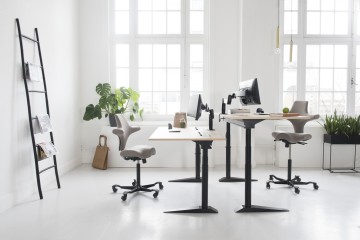Our solutions
Back
Stimulate your employees’ brains with an enriched working environment
Do you still work in an (office) environment with gray and white walls, fluorescent lighting and generic office furniture? Then, according to neuroscientists, this is a missed opportunity. Research shows that you can stimulate the brain by 'enriching' the work environment more. And that in turn ensures better performance, both at home and in the office. In this white paper we explain how this works and how you can take advantage of it.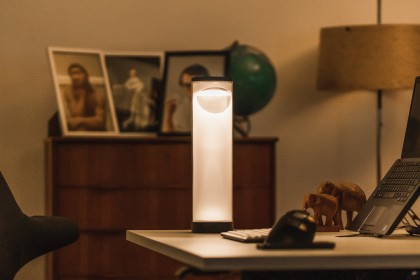
What exactly is an ‘enriched’ workplace?
And with what kind of working environment do you stimulate your employees exactly?
What kind of working environment stimulates your employees? An enriched environment is one in which people experience various sensory stimuli. For example, a space that is more inviting in terms of encouraging occupants to move. A space that provides positive stimulation by means of different sounds, colours and smells. Or a space that encourages social interaction. Not only is such an enriched environment less boring, it also contributes to the cognitive functioning of the people who work there.
"Healthy, stimulating activities are also good for countering stress."
"Healthy, stimulating activities are also good for countering stress."
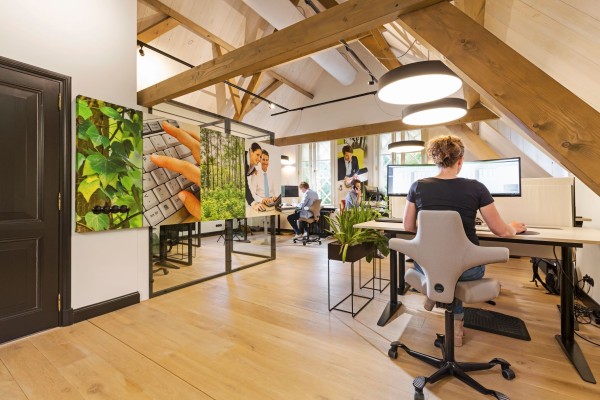
This is how new cells and connections are created
Scientists like Eriksson (1998) discovered that the human brain changes throughout life and can even repair and improve itself over the course of years. This applies primarily to the hippocampus, a region of the brain that is also important for our short-term memory and regulation of our nervous systems. The hippocampus is able to generate neurons by carrying out new, stimulating activities. This process involving new cells and connections is known as neurogenesis.
Growing older healthfully
If we go further back in the history of research into environmental effects on our brains and our functioning, we encounter Donald Hebb in 1940. He divided rats into two groups in his laboratory. One group was placed in a space with toys, ladders, tunnels and wheels. He placed the other group in a cage without toys, with limited ability to run around freely and without social interaction with peers.
Growing older healthfully
If we go further back in the history of research into environmental effects on our brains and our functioning, we encounter Donald Hebb in 1940. He divided rats into two groups in his laboratory. One group was placed in a space with toys, ladders, tunnels and wheels. He placed the other group in a cage without toys, with limited ability to run around freely and without social interaction with peers.
"A stimulating environment also improves learning behaviour."
The outcome of these – and comparable – studies? Researchers observed a reduction in neuronal aging, improvements in learning behaviour and increased resistance to addictive substances in an enriched environment (Nithianantharajah & Hannan, 2006). In certain studies, animals even had a higher resistance to diseases and a longer lifespan.
An active and stimulating life can reduce the signs of neuronal aging. Even if that more active, enriched lifestyle starts in adulthood. This makes the research results interesting in respect of the shop floor.
An active and stimulating life can reduce the signs of neuronal aging. Even if that more active, enriched lifestyle starts in adulthood. This makes the research results interesting in respect of the shop floor.
From drab office to a stimulating environment
The office environment has been an unenriched environment for a long time and that is still the case in some companies. Yet an enriched environment is incredibly important. Professor Erik Scherder, Professor of Clinical Neuropsychology at VU University Amsterdam asserts: “The brain benefits most from innovation and challenge. An enriched environment is one that provides an element of uncertainty, which makes it exciting and relies on one’s cognitive flexibility (Scherder, 2014).”
"Everything could be a little more exciting."
Movement is one of the ways we can enrich the brain, but it can be done with music too, for example. While the workplace is not a gym or a concert hall, there are still enough ways to offer employees more environmental stimulation. In fact, opportunities for a more active, stimulating environment are there for the taking.
"Everything could be a little more exciting."
Movement is one of the ways we can enrich the brain, but it can be done with music too, for example. While the workplace is not a gym or a concert hall, there are still enough ways to offer employees more environmental stimulation. In fact, opportunities for a more active, stimulating environment are there for the taking.
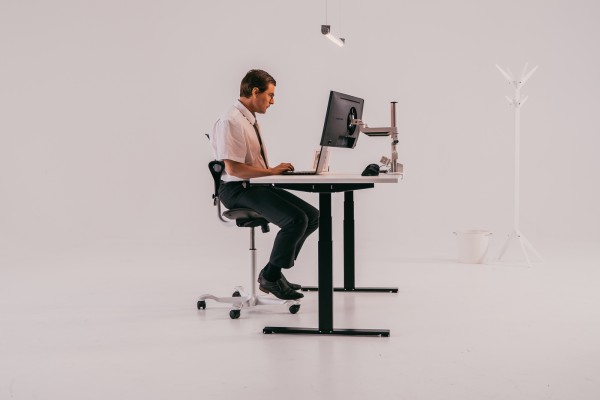
We train our brains and make new connections within and between regions of the brain by means of enrichments. That way, our brains remain in better condition and we perform better, including at work. We also train our ‘minds’ via enrichment of the office environment. That could include visual stimulation (not a grim and bleak environment), as well as more movement and sensory stimuli. The working environment therefore needs to be set up in a way that invites diverse and dynamic use rather than static use.
"People need far more variation."
Specifically: consider a sit-stand desk. By alternating between sitting and standing, we change our visual stimuli and at the same time, have more space for other postures and movement. But there are also dynamic seating solutions that provide more variation of movement without compromising on comfort.
Software that supports new behaviours can also offer a solution. Smart tools that (nudge) draw your attention to mental activation or a short walk in a positive and inviting way. A ‘’pit stop’’ can have an immediate effect on the amount of visual, movement, olfactory and social stimuli to which employees are exposed daily.
All employees and employers benefit from the brain being stimulated and thus remaining youthful and healthy.
Software that supports new behaviours can also offer a solution. Smart tools that (nudge) draw your attention to mental activation or a short walk in a positive and inviting way. A ‘’pit stop’’ can have an immediate effect on the amount of visual, movement, olfactory and social stimuli to which employees are exposed daily.
All employees and employers benefit from the brain being stimulated and thus remaining youthful and healthy.
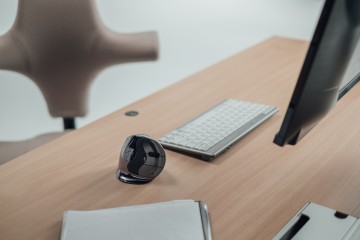
Whitepaper: Designing workstations
In this article you will find a quick guide to making your workplace more...

The link between sedentary staff and health problems
For centuries, researchers knew there was a link between sedentary staff and...
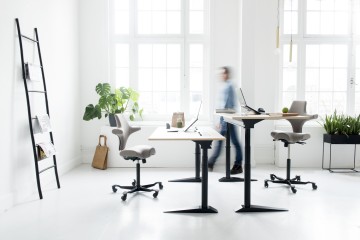
WORK & MOVE leads to more variation between standing up and sitting down
Can people be nudged with software that tells them when it's time to stand...
Need help? We're here for you
Look at our FAQ or contact us
Many customers preceded you
Read about their experience with BakkerElkhuizen
Select your country and language


